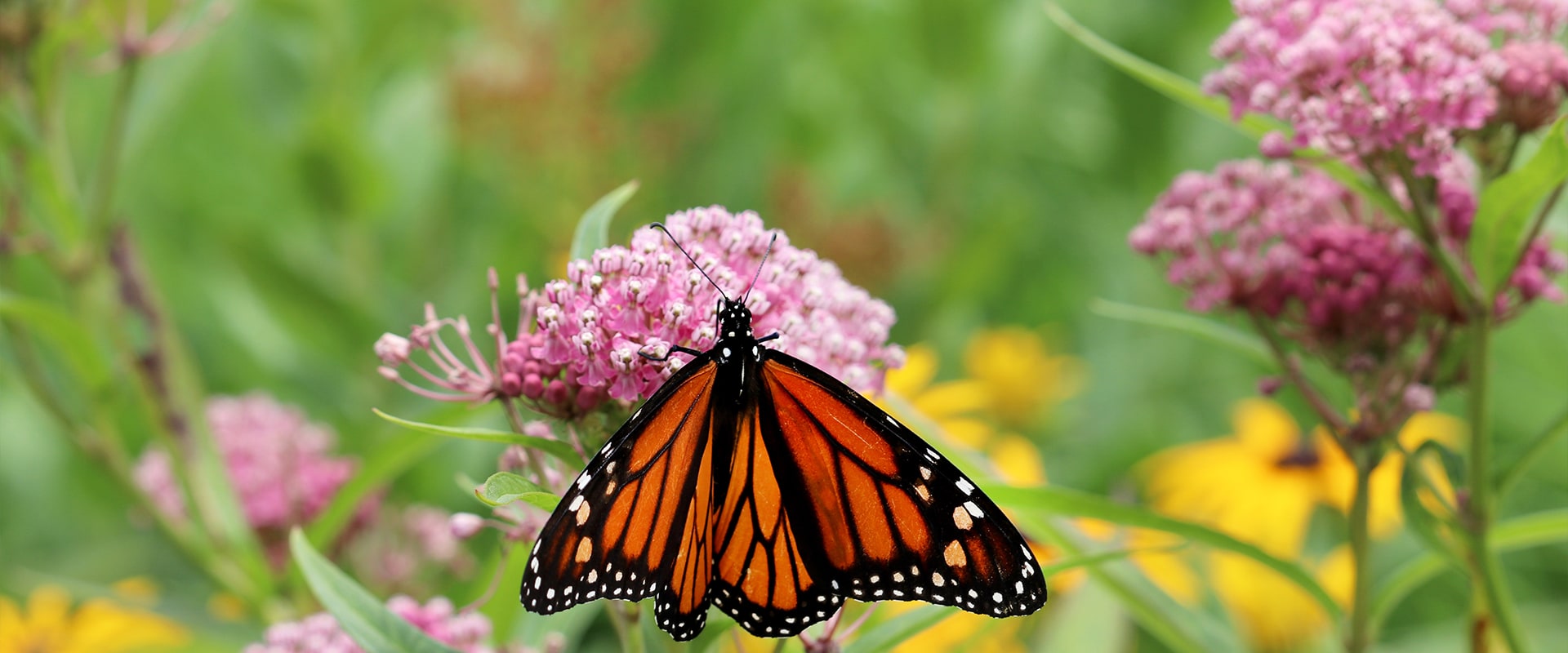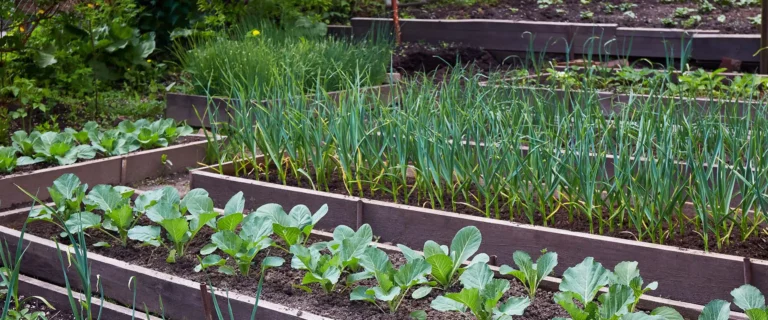Weeds are the bane of most gardeners existence, but Sean, our horticulture expert, talks about some wonderful “weeds” to include in your garden: These are two native milkweeds, the first called Asclepias Incarnata, or Swamp Milkweed, and Asclepias Tuberosa, or Butterfly Weed.
Why are they referred to as weeds?
We can blame Colonial farmers who started farming right away, and were seeing plants they weren’t familiar with here in the New World. As a weed is essentially a plant growing where you don’t want it to be growing, that’s especially true in cultivated plots where you might be growing, say, corn. These unfamiliar plants—or “weeds”—needed names, and since butterflies liked a particular plant, well then, the Colonial farmers called that a butterfly weed. And when they cut another plant and milky stuff came out, they called that one a milkweed. As Sean says, “That’s how these plants got terrible names. Don’t be afraid of the word ‘weed.’”
Takeaway? It’s not a weed if you plant it on purpose. And Sean’s opinion is that we should be doing that with these two Asclepias varieties.
Both Swamp Milkweed and Butterfly Weed are great plants for pollinators, especially Monarch butterflies, and are very cold tolerant, but they each prefer different parts of the landscape. Hopefully, your garden can accommodate each kind.
Swamp Milkweed
Swamp Milkweed is the preferred food source for both Monarch butterflies and their caterpillars. It requires a wet area, though it doesn’t have to be “swampy.” Any place for perennials that you irrigate, any place where you might have phlox or irises or Black-eyed Susans, would be great for a Swamp Milkweed. These plants are also well behaved and don’t spread by rhizomes or runners, growing in clumps to be about three- to four-feet tall. They also have pink flowers that usually bloom at the beginning of July and last through September.
Monarch butterflies, bees, wasps, beetles, moths and native pollinators love the nectar of the flowers of the Swamp Milkweed AND the Butterfly Weed, but it’s the Swamp Milkweed that’s the preferred food source for Monarch butterfly caterpillars. (They will eat the leaves of the Butterfly Weed if they have to, but it’s not their first choice.) Because of this, if you only have room for one of these plants and you’re raising Monarchs, choose the Swamp Milkweed.
Also, the Swamp Milkweed is a native to most of the United States, so it’s a great choice for your straight-species native garden.
Butterfly Weed
Butterfly Weed likes to grow in a hot, dry, sunny area. Open, gravelly, sandy, rocky places (with well-drained soil) where you don’t irrigate is what the Asclepias Tuberosa prefers. In other words, this is a great drought-tolerant plant.
Again, beloved by pollinators, the Butterfly Weed flowers are orange or yellow. The plants are also a little shorter than the Swamp Milkweed, growing two- to three-feet tall and wide. These are also native to most of the United States.
What are the orange bugs that can appear on milkweeds and what can you do?
With all their good qualities, milkweeds can get what Sean calls orange vampires, or aphids. Ack! Not indiginous to the United States, aphids came from the Mediterranean where their host plant is the Oleander. Fun fact, the Oleander is a toxic plant, just like the Asclepias is.
Aphids chose the Asclepias on purpose because as the aphids feed on them, it makes them poisonous to their predators. Unfortunately, this makes them harder to control as the good bugs such as ladybugs steer clear of them because of their toxicity.
While you’re monitoring your Asclepias, looking for Monarch eggs and caterpillar babies, keep an eye out for the little orange aphids. They almost always appear on the tips of the new growth, and the best thing to do is to get rid of them as soon as you see them.
Go down an inch or two below where they are, snip them off and put them in the garbage. If you do get a severe infestation, you can cut the whole stem down to the ground; milkweeds are vigorous plants and should bounce right back.
Don’t use pesticides—even organic ones—because you don’t know how that would affect the Monarch eggs and caterpillars the plants are hosting.
We hope you have room for both these wonderful “weeds” in your garden, especially if you are interested in helping our valuable butterflies and pollinators!









